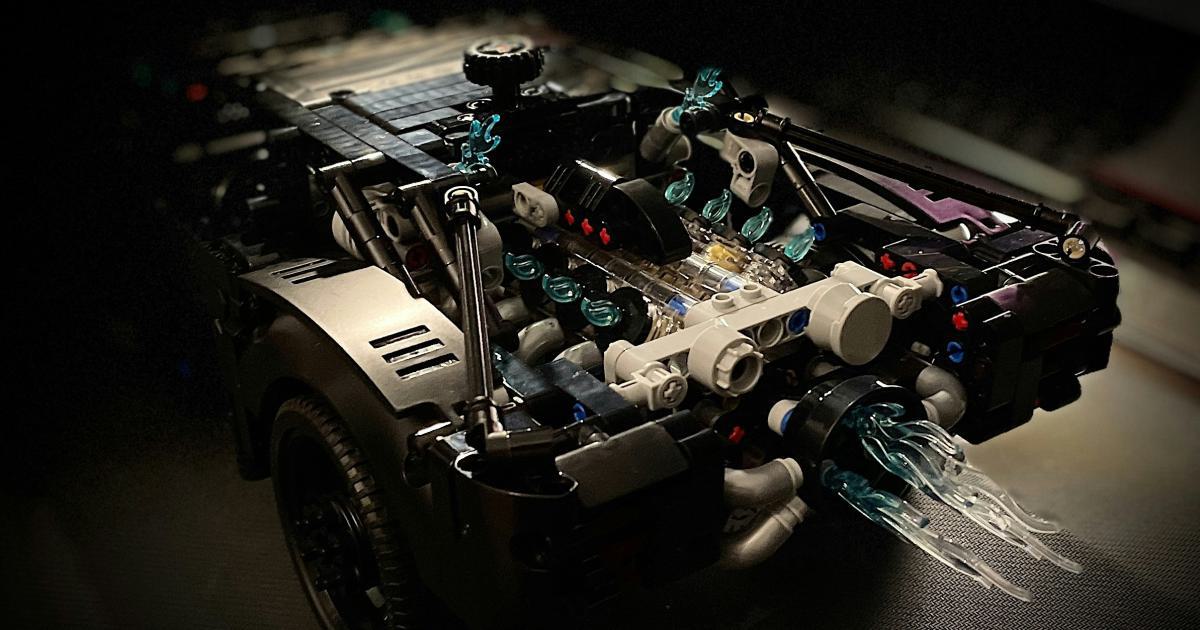Decoding the Mysteries of Rendering for Crawlers


Understanding the Importance of Rendering for Search Engine Crawlers
In the ever-evolving world of digital marketing, the ability to effectively communicate with search engine crawlers has become a crucial aspect of achieving online success. One of the key elements in this dialogue is the process of rendering, which plays a vital role in ensuring that the content and functionality of a website are properly understood and indexed by these automated bots.

Rendering, in the context of web development, refers to the process of converting the HTML, CSS, and JavaScript code of a webpage into a visually displayable format that can be interpreted by a web browser. This process is essential for ensuring that the website's content is presented correctly to human visitors. However, it also has a significant impact on how search engine crawlers perceive and interact with the website.
Search engine crawlers, such as Googlebot, are designed to navigate and index web pages in a manner similar to how a human user would experience them. These crawlers don't simply read the raw HTML code; they actually render the page, just like a web browser, to understand the content, layout, and functionality of the website. This rendering process allows the crawlers to accurately identify and index the relevant information, ensuring that the website is properly represented in search engine results.
The Challenges of Rendering for Crawlers
While rendering may seem like a straightforward process, it can present a number of challenges when it comes to effectively communicating with search engine crawlers. These challenges can range from technical issues to more nuanced considerations, and understanding them is crucial for optimizing a website's visibility and performance in search engine results.
Asynchronous and Client-Side Rendering
One of the primary challenges in rendering for crawlers is the rise of asynchronous and client-side rendering techniques, which have become increasingly common in modern web development. These approaches, while offering benefits for user experience and performance, can create obstacles for search engine crawlers.

Asynchronous rendering, where content is loaded dynamically without a full page refresh, can be difficult for crawlers to interpret, as they may not have the ability to fully execute the JavaScript code required to render the content. Similarly, client-side rendering, where the majority of the webpage's content is generated and rendered within the user's web browser, can also pose challenges for crawlers, as they may not have the same capabilities as a modern web browser.
Rendering Timeouts and Limitations
Search engine crawlers typically have strict time limits and resource constraints when it comes to rendering web pages. If a page takes too long to render or requires too many resources, the crawler may be forced to move on, potentially missing critical content or functionality.

This issue is particularly relevant for websites with complex layouts, heavy media assets, or extensive JavaScript-driven features, as these elements can significantly slow down the rendering process and impact the crawler's ability to fully understand the page.
Compatibility and Evolution of Rendering Engines
Another challenge in rendering for crawlers is the evolving nature of web technologies and the rendering engines used by different search engines. As new web standards and features are introduced, the rendering engines employed by search engine crawlers must constantly adapt to keep up.

This can lead to situations where a webpage may render correctly in a modern web browser but be interpreted differently by a search engine crawler's rendering engine, which may be operating on an older or less advanced version. Keeping up with these changes and ensuring consistent rendering across different crawlers is a continuous challenge for website owners and developers.
Optimizing Rendering for Search Engine Crawlers
To overcome the challenges of rendering for search engine crawlers, website owners and developers must employ a multi-faceted approach, focusing on both technical optimizations and strategic considerations.
Ensuring Efficient Server-Side Rendering
One effective strategy for improving rendering for crawlers is to focus on server-side rendering (SSR), where the initial content of the webpage is generated on the server and then delivered to the client. This approach can help address the challenges of asynchronous and client-side rendering, as the crawler can more easily access and interpret the page's content.

By implementing SSR, website owners can ensure that the core content of their pages is readily available and easily understood by search engine crawlers, even if the page also utilizes client-side JavaScript-driven features.
Optimizing for Rendering Performance
Regardless of the rendering approach, it's crucial to optimize the website's performance to ensure that pages can be rendered quickly and efficiently by search engine crawlers. This may involve techniques such as:
- Minimizing the use of heavy media assets
- Optimizing JavaScript and CSS code
- Implementing caching strategies
- Utilizing Content Delivery Networks (CDNs)
- Optimizing server-side processing and response times

By improving the overall rendering performance of the website, website owners can increase the likelihood that search engine crawlers will be able to fully render and understand the content, leading to better indexing and visibility in search results.
Monitoring and Adapting to Crawler Behavior
Staying up-to-date with the latest developments in search engine crawler behavior and rendering capabilities is essential for maintaining optimal visibility and performance in search results. Website owners should regularly monitor their websites' rendering performance and indexation through tools like Google Search Console, Bing Webmaster Tools, and third-party SEO platforms.

By analyzing the feedback and insights provided by these tools, website owners can identify potential rendering issues, make targeted optimizations, and adapt their strategies to ensure that their websites are consistently well-understood and indexed by search engine crawlers.
Leveraging Structured Data and Other Enhancements
In addition to the core focus on rendering optimization, website owners can further enhance their websites' discoverability and representation in search results by leveraging structured data and other technical enhancements.
Implementing Structured Data
Structured data, such as Schema.org markup, allows website owners to provide additional context and information about the content of their webpages in a machine-readable format. This can help search engine crawlers better understand the meaning and purpose of the content, leading to more accurate indexing and potentially more informative search result snippets.

By incorporating structured data into their websites, website owners can convey details about product information, reviews, events, recipes, and more, ultimately improving the way their content is presented and understood by search engines.
Leveraging Progressive Web App (PWA) Technology
Another strategy for enhancing rendering and discoverability for search engine crawlers is the adoption of Progressive Web App (PWA) technology. PWAs combine the best features of web and mobile applications, offering improved performance, offline functionality, and enhanced user engagement.

By implementing PWA principles, website owners can ensure that their websites are highly responsive, fast-loading, and capable of delivering a seamless user experience, even for users with poor internet connections or older devices. This, in turn, can positively impact the rendering and indexation of the website by search engine crawlers.
Exploring Emerging Rendering Techniques
As web technologies continue to evolve, new rendering techniques and approaches are emerging that may offer additional benefits for search engine crawlers. Website owners should stay informed about developments in areas such as Jamstack (JavaScript, APIs, and Markup), Server-Side Rendering with React, and the potential implications of technologies like WebAssembly.

By embracing these emerging techniques and staying ahead of the curve, website owners can position their websites to be better understood and indexed by the latest generation of search engine crawlers, ensuring long-term visibility and success in the ever-changing digital landscape.
Conclusion
In the world of digital marketing, the ability to effectively communicate with search engine crawlers is a critical component of achieving online success. Rendering, the process of converting web code into a visually displayable format, plays a crucial role in this dialogue, as it directly impacts how crawlers perceive and interact with a website.
By understanding the challenges of rendering for crawlers, including asynchronous and client-side rendering, rendering timeouts and limitations, and the evolving nature of rendering engines, website owners and developers can implement targeted strategies to optimize their websites for improved discoverability and indexation.
Through techniques such as ensuring efficient server-side rendering, optimizing for rendering performance, monitoring and adapting to crawler behavior, and leveraging structured data and emerging rendering technologies, website owners can position their online presence for long-term success in the ever-changing world of search engine optimization.
Ultimately, the mastery of rendering for search engine crawlers is a fundamental aspect of modern digital marketing, and those who embrace this challenge will be well-equipped to navigate the complexities of the online landscape and achieve their desired goals.